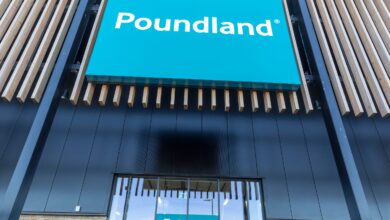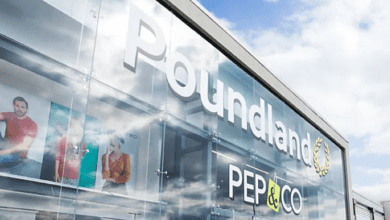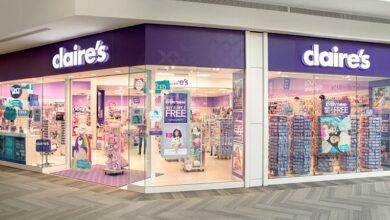H&M profits fall in Q2 amid rising costs
The company cited a stronger US dollar, high freight costs, and investments in its customer offering as the main factors affecting margins

Register to get 1 more free article
Reveal the article below by registering for our email newsletter.
Want unlimited access? View Plans
Already have an account? Sign in
H&M has seen its operating profits fall to SEK 5.9bn (£465m) in Q2, down from SEK 7.1bn (£560m) the prior year, as the group was hit by higher costs, store closures and lower sales.
Over the period, net sales fell from SEK 59.6bn (£4.59bn) to SEK 56.7bn (£4.37bn) despite a 1% increase in sales in local currencies.
Meanwhile, gross profit also fell to SEK 31.4bn (£2.42bn) from SEK 33.6bn (2.59bn).
The company cited a lower gross margin, stronger US dollar, higher freight costs, and investments in its customer offering as the main factors affecting its profit performance.
The group was also affected by store closures, operating from 4,166 stores as of 31 May 2025, against 4,319 stores a year ago.
However, H&M reported that the composition of its stock-in-trade had improved, and looking ahead, it expects sales in June 2025 to rise by 3% in local currencies year-on-year.
The cost of markdowns in relation to sales in the third quarter is also expected to be “somewhat higher” against the previous year.
The company stated that it is “closely monitoring developments in global trade and trade restrictions”.
Daniel Ervér, CEO of H&M, said: “Our plan, with its focus on the product offering, the shopping experience and brand, is again confirmed by the progress we see. The positive development in important areas such as online, H&M womens-wear and H&M Move, as well as continued focus on good cost control, will contribute to a profitable sales development.
“The quarter’s result was negatively affected by higher purchasing prices as a result of a more expensive US dollar and higher freight costs, but also by the fact that we have continued to invest in the customer offering. Investments made to strengthen our customer offering and give customers even more value for money. The negative external factors that increased the costs of purchasing for the first half of the year are turning positive for the second half of the year.”
He added: “In uncertain times with cautious consumers we monitor macroeconomic and geopolitical developments closely and continuously adapt both the customer offering and the business to meet our customers’ needs in the best way.
“We continue to strengthen the product offering and the experience both online and in our stores. With a clear plan, a strong financial position, good cost control and committed employees, we see good opportunities for long-term, sustainable and profitable growth.”






